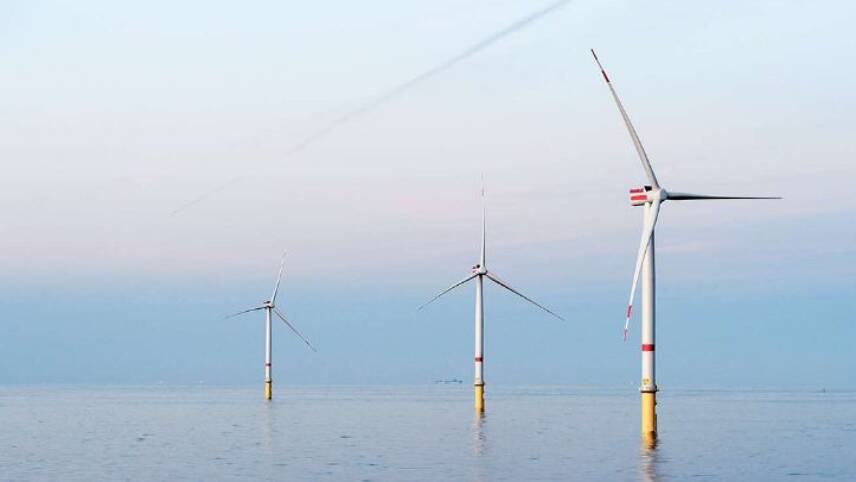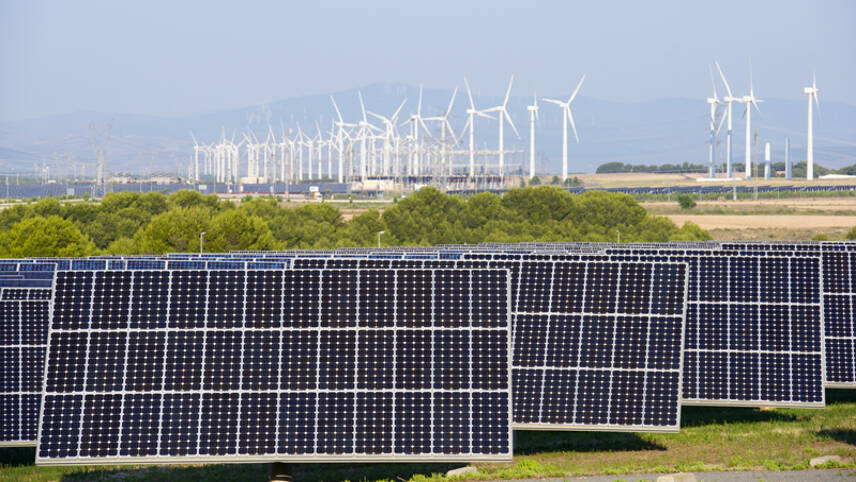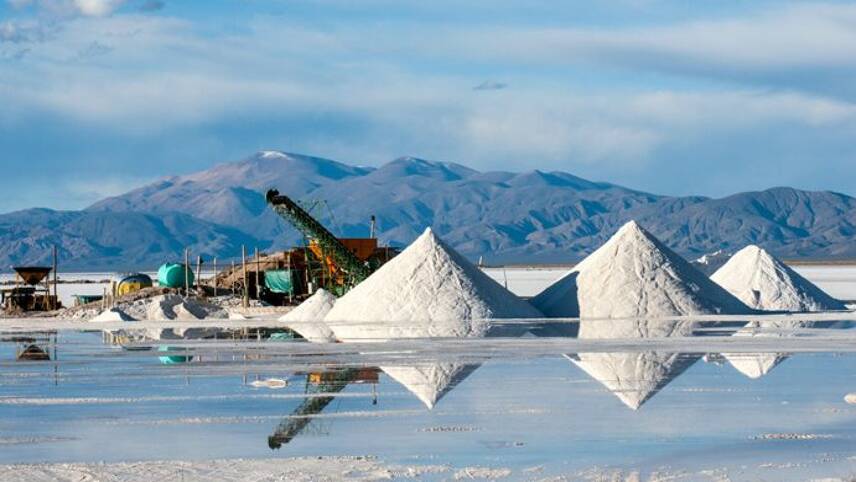WOBO thanks edie for a sample of their updates.

Hornsea Four: UK’s second largest offshore wind farm gets greenlight
The offshore wind farm, covering an area of 860km2, is planned for the western region of the Hornsea zone, situated off the Yorkshire coast. With its installation of 180 turbines, the project is expected to generate approximately 2.6 gigawatts (GW) of wind power.
Earlier this year, the Planning Inspectorate announced a delay exceeding four months in the Government’s final decision regarding the approval of the Hornsea 4 offshore wind farm.
Orsted presently operates 13 offshore wind farms in the UK, producing a total of 6.2GW of electricity, sufficient to supply power to more than 7 million households.
Hornsea 4 will join three existing projects off the Yorkshire coast in the North Sea: Hornsea 1, a 1.2GW wind farm with 174 turbines, capable of powering more than 1 million homes; Hornsea 2, a 1.3GW project with 165 turbines, supplying electricity to 1.4 million homes; and the 2.85GW Hornsea 3, with 231 turbines and a capacity to power more than 3 million homes.

‘This is possible’: IEA calls for faster growth on international clean energy
The IEA’s Tracking Clean Energy Progress online resource has been published this week, assessing more than 50 different components – from EVs and renewables to buildings and heat pumps – to track whether net-zero emissions can be delivered globally by 2050.
The tracker finds that the majority of analysed technologies are not yet on a path consistent with net-zero emissions by 2050, but that the rapid growth of some clean solutions like solar and EVs could be mirrored in other markers to spur progress.
“The clean energy economy is rapidly taking shape, but even faster progress is needed in most areas to meet international energy and climate goals,” the IEA’s executive director Fatih Birol said.
“This update of Tracking Clean Energy Progress highlights some very promising developments, underlining both the need and the potential for greater action globally. The extraordinary growth of key technologies like solar and electric cars shows what is possible.”

EU’s Nature Restoration Law won’t be sent back to the drawing board
The EU’s Nature Restoration package will, if adopted, mark the first time that the bloc has legally-binding targets to reverse biodiversity loss. The law proposes that restoration measures are to be implemented on at least 20% of the EU’s land and sea areas by 2030 and repair all ecosystems in need of restoration by 2050.
Progressing the package has been challenging, to say the least. It was first tabled in June 2022 and has faced major opposition from EU member states that are highly economically dependent on farming, including Ireland.
Some other countries have also expressed concerns about the administrative burden of delivering and monitoring nature restoration schemes.

Rosebank: Decision on Britain’s biggest oil and gas field reportedly delayed
City AM has reported that a decision on whether to permit the development of the field, which is the biggest undeveloped field in British waters in the North Sea, will not be made until later this year. Ministers had been pushing for a decision before Parliamentary recess begins later this month.
The Equinor-led project to develop the field will need to be approved by the Offshore Petroleum Regulator for Environment and Decomissioning (OPRED), the North Sea Transition Authority and the Energy Minister. Grant Shapps holds this post at present and has stated that he is minded to approve the Rosebank.
City AM has been told that approval from these three sources is now set to come in August at the earliest.

Low-carbon transition driving critical minerals market growth, but ESG questions remain
The first annual IEA Critical Minerals Market Review, released on Tuesday (11 July) along with a new online data explorer, has confirmed that growth in clean energy solutions has created a 70% increase in demand for cobalt and a 40% rise in the demand for nickel compared to 2017 levels. These are just two of the minerals deemed critical for energy-related technologies like electric vehicles (EVs) and offshore wind.
The market for energy transition minerals reached $320bn in 2022, the IEA notes, and will continue to grow “rapidly”. Indeed, investment in critical mineral development rose 30% last year, following a 20% increase in 2021.
The IEA report moves to ease concerns that the energy transition will suffer from limited resources, stating that if all planned critical mineral projects worldwide are realised, there would be enough supply to support current climate pledges from Governments.
The report does warn, however, of risks regarding project delays and some technology-specific shortfalls. More projects would still be required by 2030 in order to align with the 1.5C ambition of the Paris Agreement, as national pledges are not on course to meet that aim.
